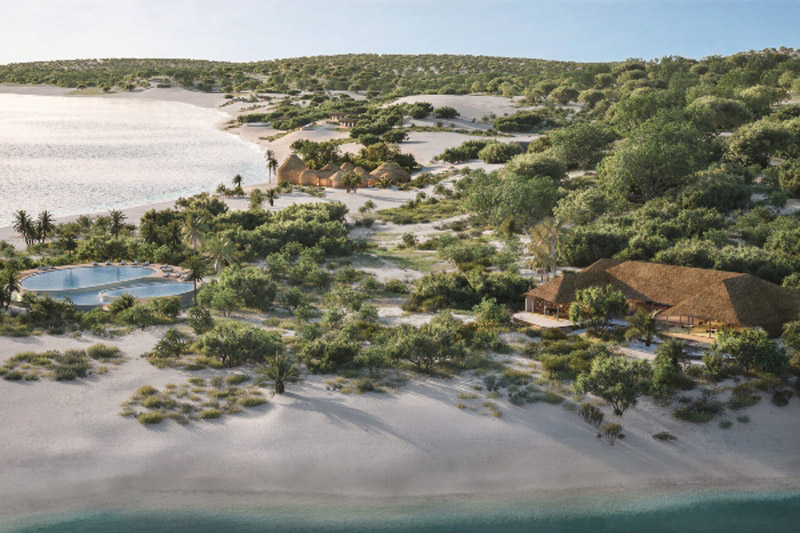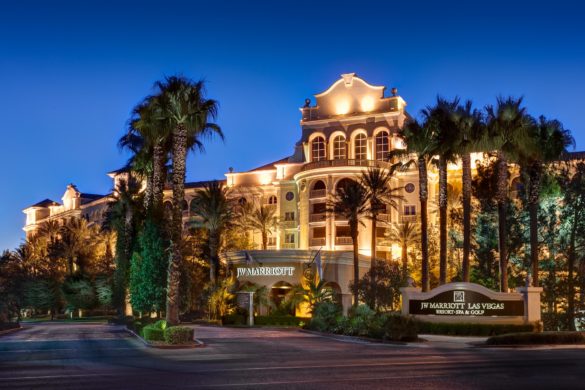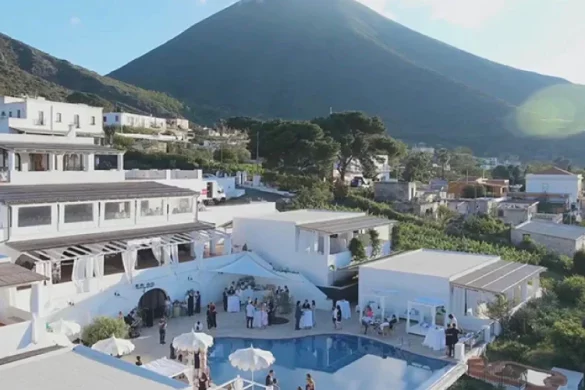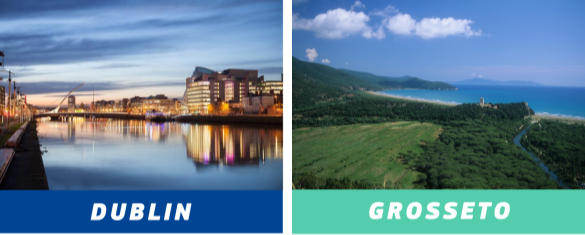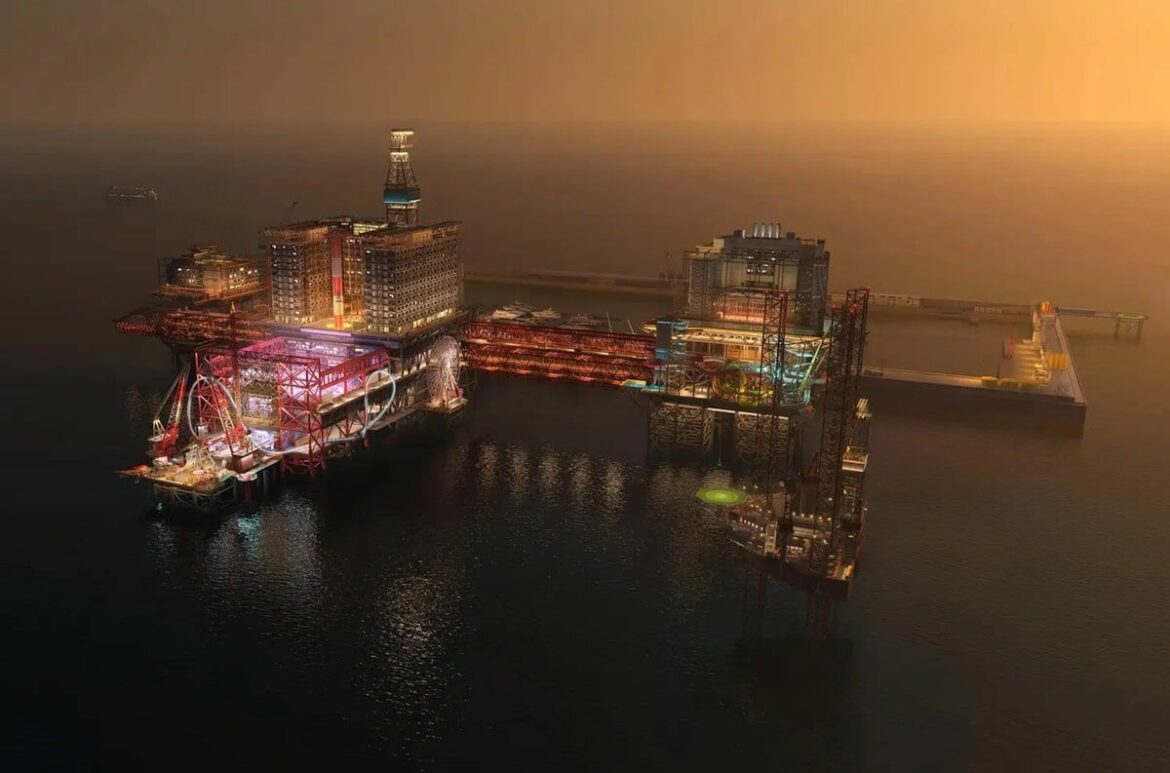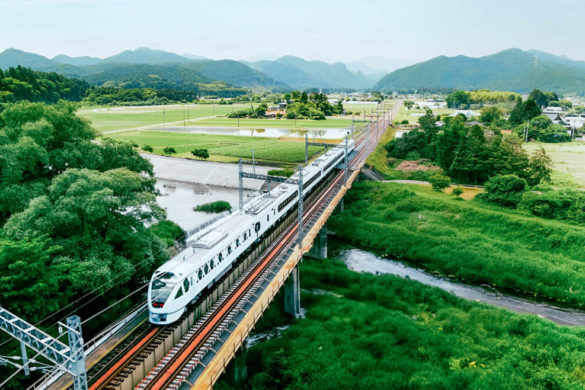In the race to redefine the future of sports and entertainment, Saudi Crown Prince MBS is taking center stage with the unveiling of the groundbreaking Prince Mohammed bin Salman Stadium in Qiddiya. Set to be a focal point for the 2034 FIFA World Cup, this 45,000-seat marvel perched on a 200-meter cliff is poised to revolutionize the stadium experience.
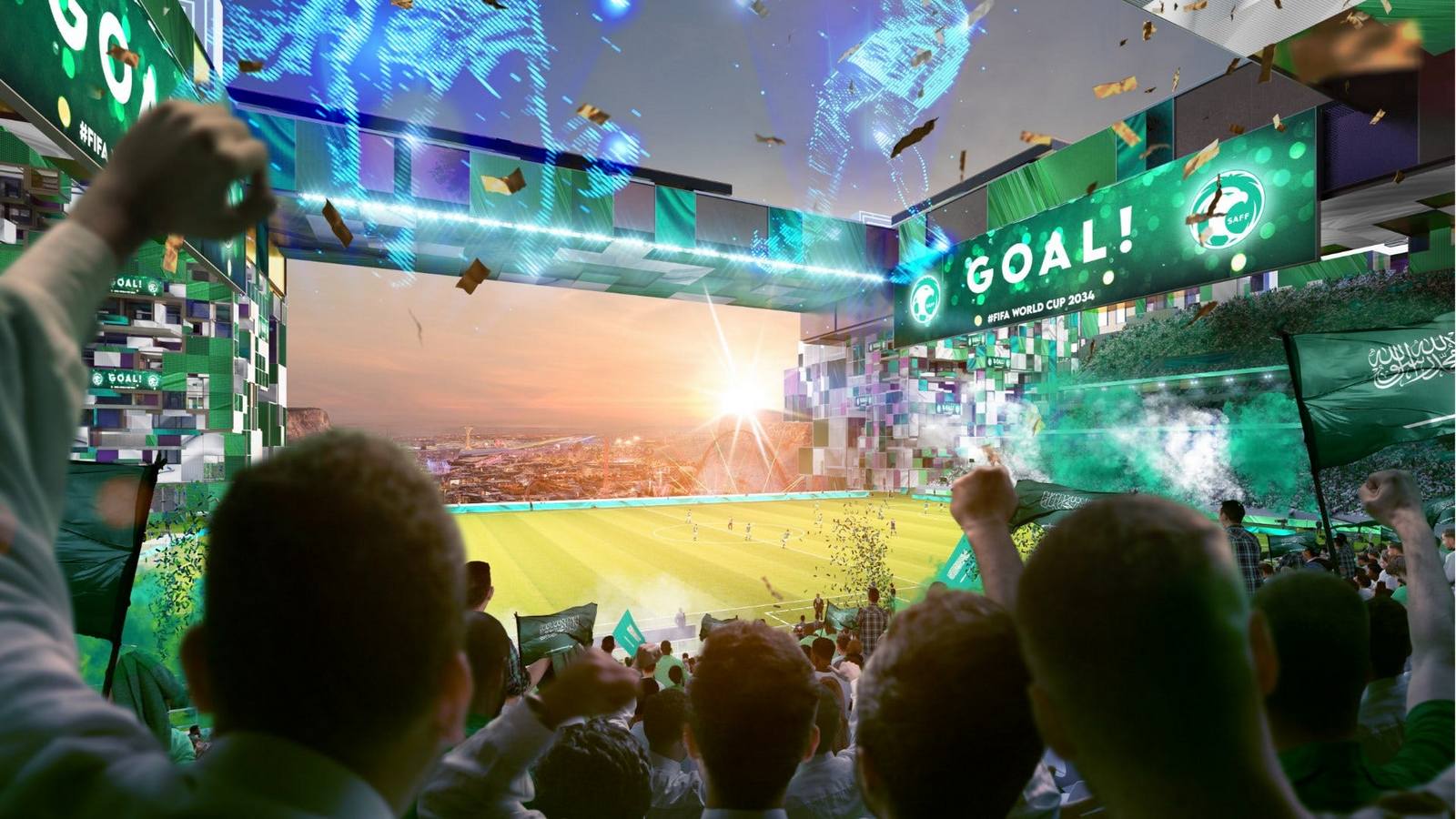
Designed by the renowned architectural firm Populous, responsible for Las Vegas’ impressive $2.3 billion MSG Sphere, the stadium is not just a sports venue; it’s a testament to Saudi Arabia’s ambition and commitment to innovation. Boasting a retractable roof and a colossal LED wall, the Prince Mohammed bin Salman Stadium is set to raise the bar in stadium design, offering a futuristic and immersive experience for spectators.
The stadium’s strategic location, just 40 minutes from Riyadh in Qiddiya City, adds to its allure. Abdullah bin Nasser Aldawood, Managing Director of Qiddiya Investment Company, envisions Qiddiya City as a global destination for entertainment, sports, and culture, with the iconic stadium at its heart. The venue aims to reinvent the traditional stadium concept, embodying Qiddiya’s ‘Power of Play’ philosophy with cutting-edge technology and innovative design.
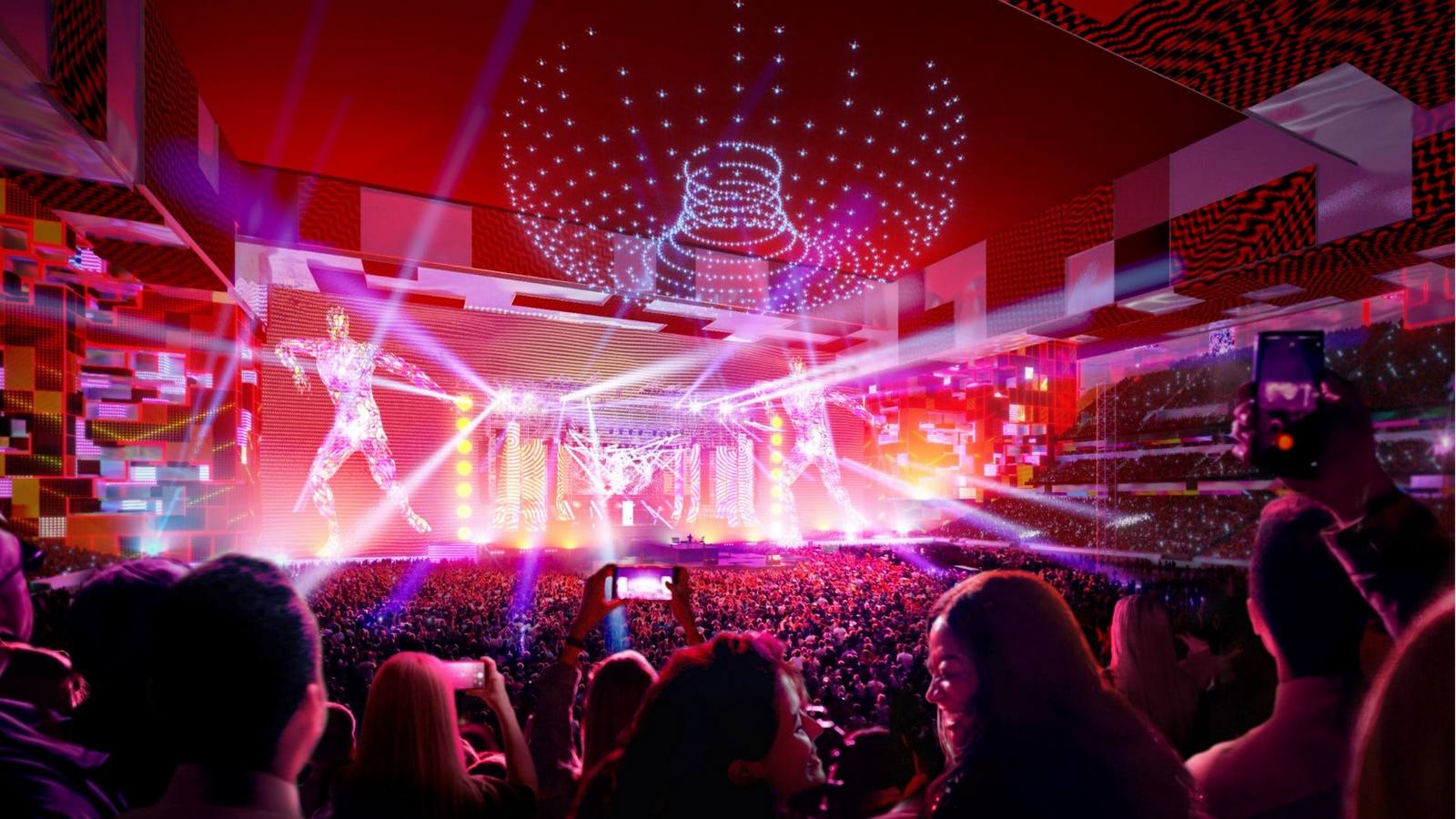
The gigantic LED wall, reminiscent of The Sphere in Las Vegas, promises a visual spectacle, displaying live event broadcasts, high-definition films, and laser shows. When not in use, it opens up to showcase the natural beauty of Qiddiya, adding an extra layer of uniqueness to the stadium.
Beyond football, the multifunctional venue will host sports such as boxing and esports, as well as entertainment events like concerts and theater performances. Adjacent to shopping, dining, luxury hotels, and entertainment spaces, the Prince Mohammed bin Salman Stadium aims to be more than just a sports arena; it aims to be a cultural and entertainment hub.
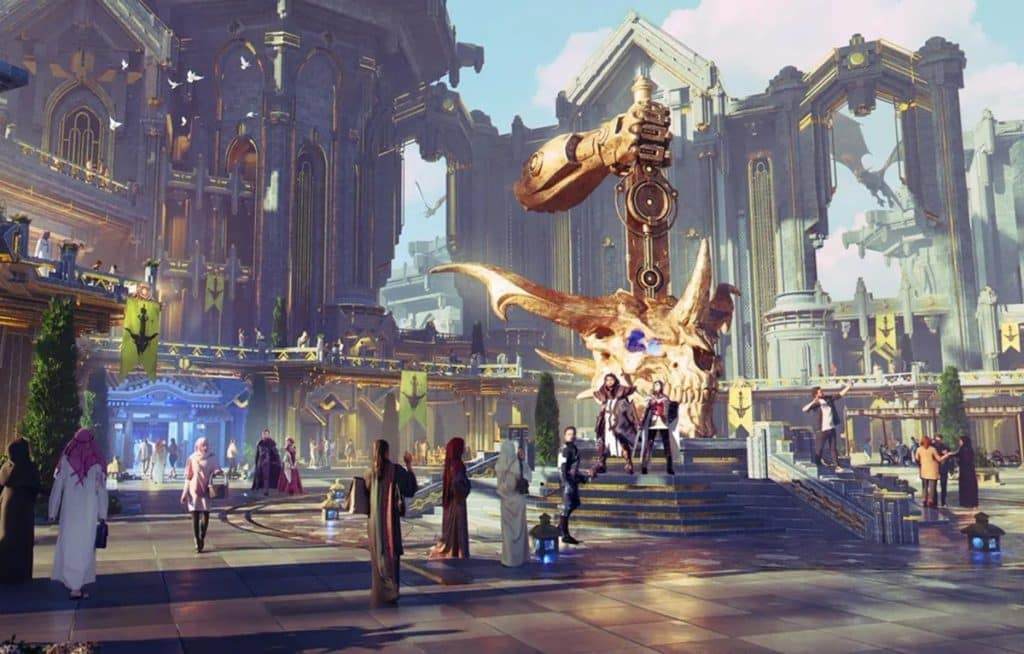
In a strategic move, the stadium is planned to be the home ground for Saudi Pro League football clubs Al-Hilal and Al-Nassr and is the proposed venue for Saudi Arabia’s bid to host the 2034 FIFA World Cup. The climate-controlled stadium will feature an eco-friendly cooling lake built directly under it, reducing energy consumption.
Comparatively, the Saudi approach diverges from Qatar’s massive investment in over-the-top stadiums for the 2022 FIFA World Cup. With a forward-thinking plan, Saudi Arabia aims to avoid the fate of vacant stadiums by focusing on sustainability and multifunctional use.
While the Prince Mohammed bin Salman Stadium in Qiddiya is an exciting concept, it remains to be seen if FIFA will approve Saudi Arabia’s bid for the 2034 World Cup. If selected, the ambitious infrastructural project will require significant work and investment, with reports suggesting alternative venues like the futuristic Trojena Ski Resort.
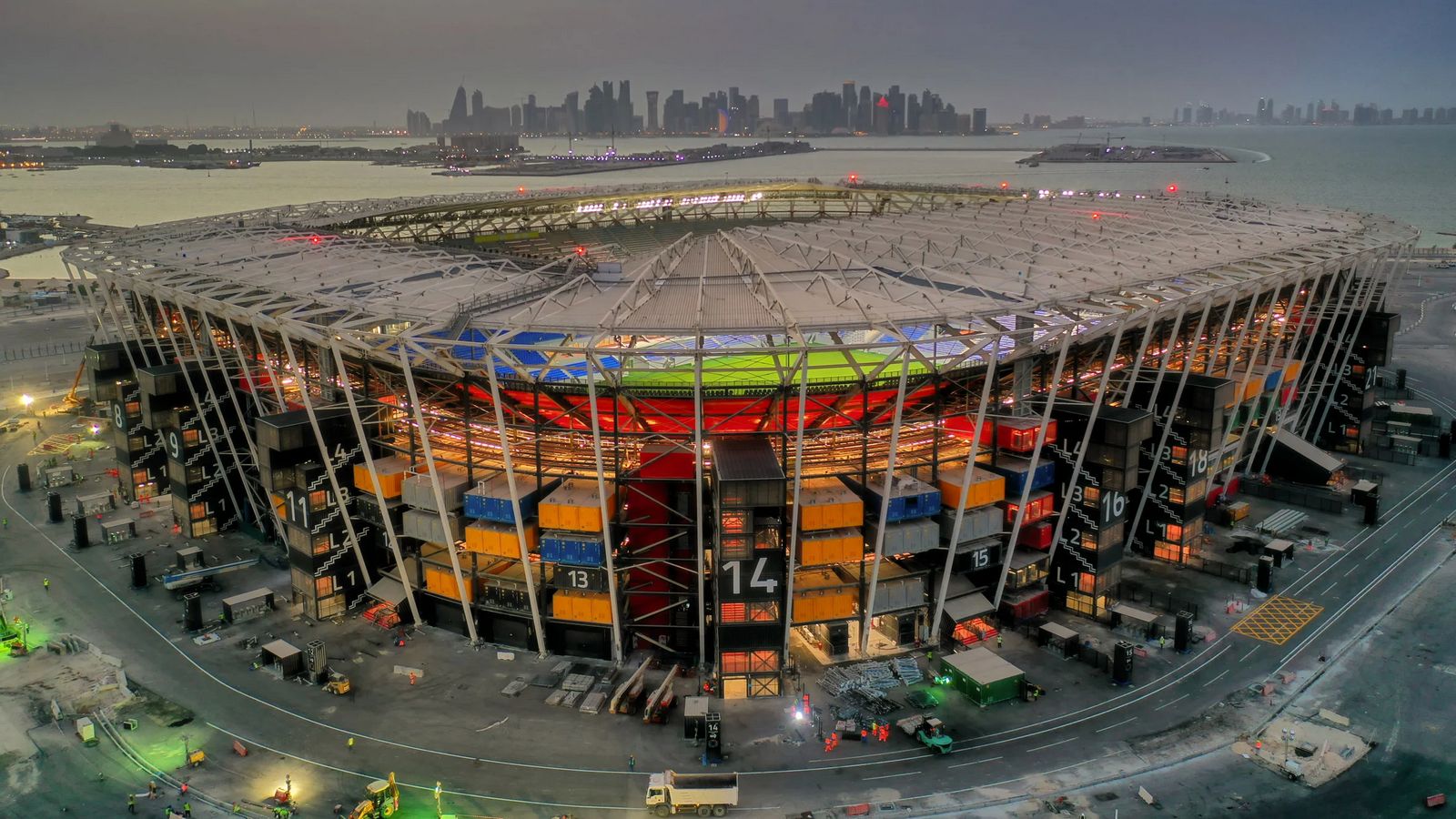
In the end, Saudi Arabia’s bid for the 2034 FIFA World Cup is not just about asserting dominance but about shaping the future of sports and entertainment on a global scale. The Prince Mohammed bin Salman Stadium stands as a symbol of ambition, innovation, and a commitment to creating a lasting legacy in the world of sports.



